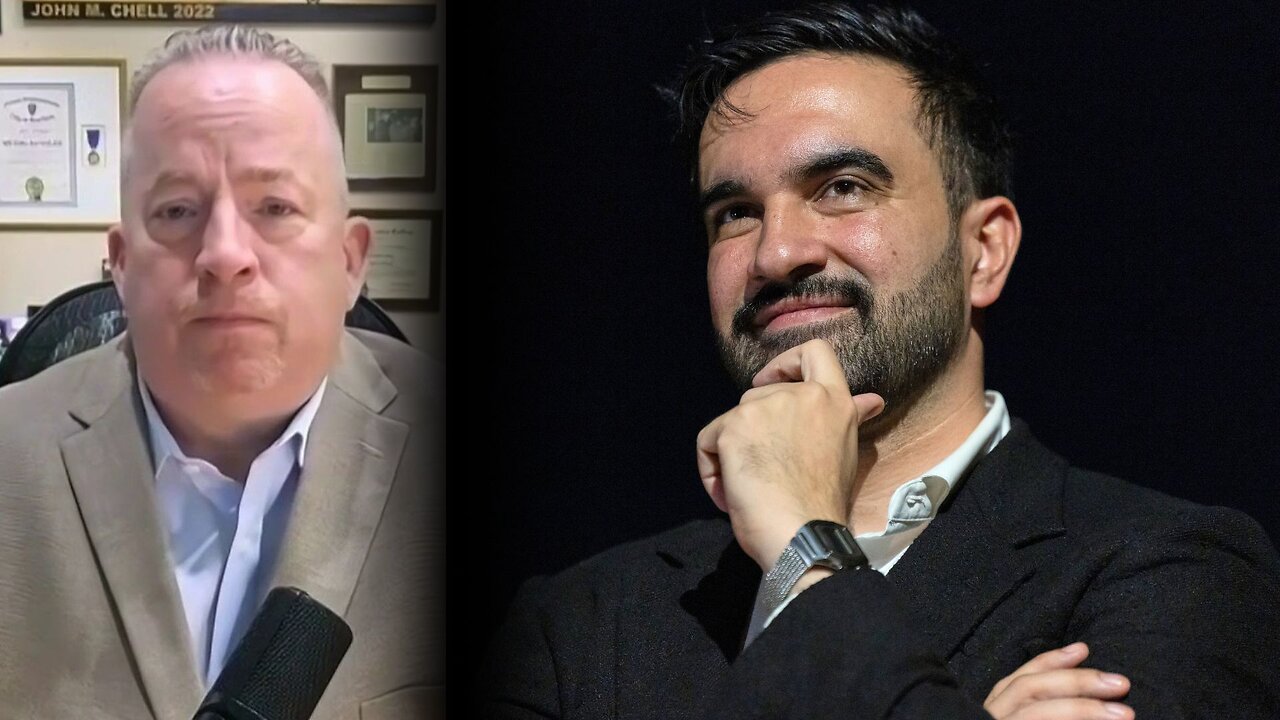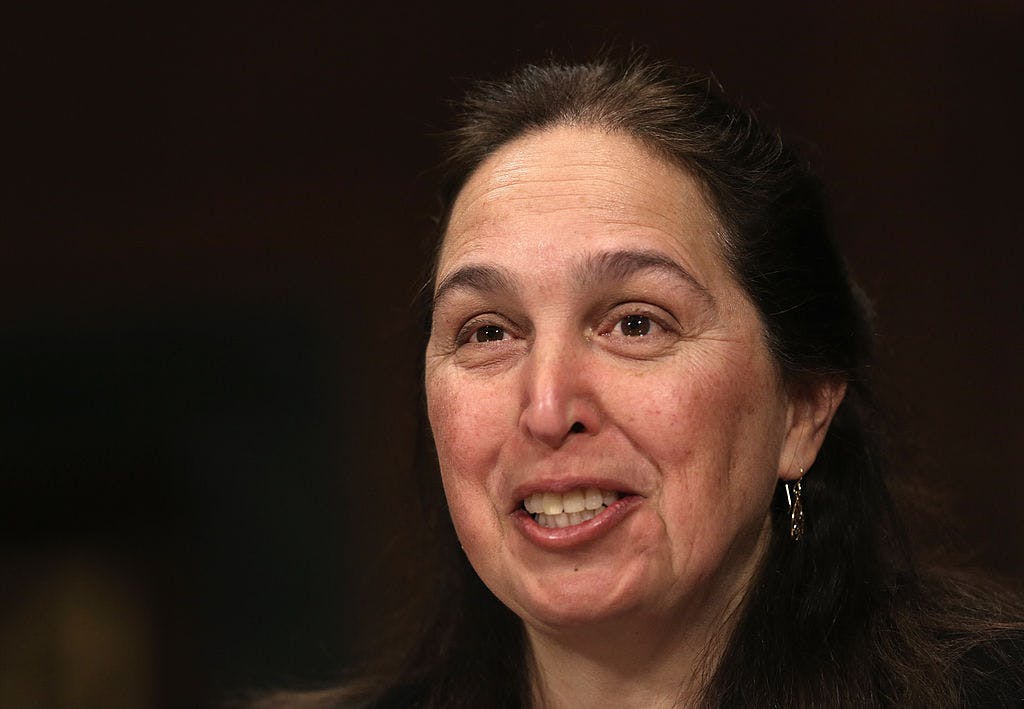Americans Want To Prioritize Solving The Root Causes Of Infertility Over IVF: Poll

WASHINGTON—As the Trump administration debates protections for in vitro fertilization, a new poll shows that more than half of Americans want to prioritize solving the root causes of infertility before using IVF as a first-line treatment.
The polling strikes at the heart of many debates over restorative reproductive medicine, given that many women seek IVF treatments when they experience infertility. President Trump has promised to “make it easier for loving and longing mothers and fathers to have children.” As part of that promise, he called for policy recommendations for “protecting IVF access and aggressively reducing out-of-pocket and health plan costs for IVF treatment” in a February executive order.
New polling from the Heritage Foundation and JLL Partners found that Americans do support access to IVF — but not as it currently exists in the United States.
For example, the polling shows support for limiting the number of human embryos created and implanted at one time, as well as strong dislike for destroying human embryos. Under current law, there are very few protections for human embryos — or even IVF patients themselves.
And more than half of Americans, the polling found, believe the government’s priority should be treating the root cause of infertility, rather than using IVF as a first line of treatment.
“Some doctors focus on trying to diagnose and treat the causes of infertility (such as hormonal imbalances, miscarriage, endometriosis, blocked fallopian tubes, or other underlying health conditions) while others recommend IVF as an early approach to infertility,” the poll asked. “In your opinion, which approach should be prioritized?”
Fifty-four percent of respondents said that they wanted to prioritize treating the root issue that is causing the symptom of infertility, while 6% said that they wanted to prioritize using IVF as a first-line treatment. Twenty-six percent said they wanted a combination of both, and 13% said they were unsure.
Those sentiments were also shared across key audiences polled, dubbed “IVF Switcher” and “Soft IVF” — those who are unsure or somewhat supportive of IVF and those who were supportive of IVF at the start of the survey but became unsure or opposed by the end, respectively. These groups were chosen, according to the pollsters, to understand how IVF concerns and risks have fared with the public.
Among IVF Switchers polled, 51% want to prioritize treating the root cause of infertility, 8% want to use IVF as a first-line treatment, 19% want a combination, and 21% are unsure. Among Soft IVF respondents polled, 52% want to prioritize treating the root cause of infertility, 9% want to use IVF as a first-line treatment, 20% want a combination, and 19% are unsure.
The findings are significant given the growing infertility crisis. Nearly 18% of the global adult population experiences infertility, and among American women, infertility rates are also alarmingly high. Women across the country are grappling with endometriosis, polycystic ovary syndrome, hormonal imbalances, and more, while men struggle with low sperm count, erectile dysfunction, diet, lifestyle, and other environmental factors.
Some experts, like Heritage Foundation’s Emma Waters, argue that infertility is a symptom of underlying reproductive health conditions that need to be treated, but a lack of research often prevents couples from improving their fertility and, often, starting families.
Waters argues that expanding access to treatments optimizing male and female reproductive health, or Restorative Reproductive Medicine, will “make it easier for mothers and fathers to have babies,” as the president has promised.
“Infertility is not a diagnosis in and of itself,” explains Dr. Monica Minjeur, director of communications for the International Institute for Restorative Reproductive Medicine. “We know infertility points to chronic underlying conditions, typically with at least 4-6 factors involved. When we identify these factors, we can provide effective treatment to help optimize fertility for healthy outcomes of mom and baby.”
The Institute’s president, Dr. Phil Boyle, argues that “couples struggling with infertility are best served when they receive a comprehensive evaluation, diagnosis, and restorative treatment to optimize their health and natural reproductive function.”
This messaging has resonated with some female lawmakers throughout the United States. In Arkansas, Republican Governor Sarah Huckabee Sanders signed the “Reproductive Empowerment and Support Through Optimal Restoration (RESTORE) Act” into law in April.
That legislation is modeled on a bill crafted by Waters and Ethics and Public Policy Center’s Natalie Dodson, establishing a framework for restorative reproductive medicine and a series of medical protocols to treat the root causes of infertility and reproductive dysfunction.
At the time Sanders signed the legislation, Dodson described the bill as “critical to addressing the nationwide infertility and reproductive health crisis by directly helping the women of Arkansas access much-needed restorative reproductive medical techniques.”
In recent weeks, Republican Senator Cindy Hyde-Smith of Mississippi and Republican Congresswoman Diana Lynn Harshbarger of Tennessee each introduced the Reproductive Empowerment and Support through Optimal Restoration (RESTORE) Act, legislation that sought to build support for American couples affected by fertility through restorative reproductive medicine.
Hyde-Smith argued at the time that the bill reflects the goals of the “Make America Healthy Again” movement, which significantly bolstered the president’s 2o24 campaign.
“So many couples of today’s childbearing-aged generations face an uphill battle with fertility struggles that are complex and unique to every woman and man,” Hyde-Smith shared. “The holistic fertility policy promoted through the RESTORE Act aims to treat the root causes of infertility, many of which stem from chronic conditions and environmental factors that are the focus of President Trump’s MAHA movement.”
“If we are going to truly support women and men who are ready to embrace parenthood,” she added, “then we should promote substantive fertility solutions that ensure access to restorative reproductive medicine—fully healing couples and empowering them with autonomy over how they start and build their families.”
Harshbarger similarly emphasized that “having children is one of God’s greatest gifts,” adding, “we should be empowering modern medicine and investing in solutions that address the root causes of infertility to bring hope to prospective parents.”
Originally Published at Daily Wire, Daily Signal, or The Blaze
What's Your Reaction?
 Like
0
Like
0
 Dislike
0
Dislike
0
 Love
0
Love
0
 Funny
0
Funny
0
 Angry
0
Angry
0
 Sad
0
Sad
0
 Wow
0
Wow
0












































































